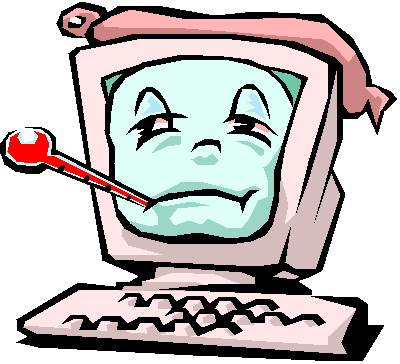A secret shopper's perspectives on the EHR and clinical workflow
As someone who has practiced medicine using both paper and electronic records, and someone who's been focused on the health tech scene for the past 20 years, you might think I've seen it all. Indeed, during my 35 year career in medicine and tech I've traveled the world and learned a lot about healthcare, clinical practice and the intersection between medicine and technology. However, there's nothing like being a secret shopper to get a little reality check on where things stand with electronic health records and clinical workflow.
For the past couple of months, and likely continuing for most of the next year, I am charged with helping a family member through treatments for an all-too-common medical problem--cancer. That means I am accompanying my family member through diagnosis, surgery, chemotherapy, radiation therapy, and eventually medical monitoring and follow-up. Let me tell you, there's nothing like being in the trenches of a patient care experience to see how far we've come, and how far we still need to go to fix healthcare.
The hospital and health system we are visiting uses one the major EHR solutions. However, even within the same institution, departments seem anything but connected. When we have multiple appointments on the same day in different departments, we are still filling out paper forms asking the same questions in every department we visit. Worse yet, even when we make our second or third visits to those departments we are again presented with forms to fill out. Wouldn't it be better to fill out that information on a tablet device or kiosk and make it available to all departments at once? Wouldn't it be better on subsequent visits for us simply to review the information on an electronic screen and edit or update it as needed? Where's the single version of the truth?
In the exam room I've noted how much time clinicians and support staff are spending in front of the computer, rather than with the patient. The only doctors not doing this are the super-specialists who foist most of that burden on scribes or other members of their support staff. Furthermore, the computers in the exam rooms are mounted to a wall or sitting on a counter, often forcing the user to have his or her back to the patient. Clinicians must assume a kind of sideways posture with head bobbing back and forth between the machine and the patient. Where are the mobile devices--the laptops, tablets, and smartphones? Has anyone really given a thought to the importance of mobility in clinical workflow?
Then there's the clinical user interface that looks like it came from the dark ages. It took one of our providers about ten minutes just to key in an order for a durable medical supply and print it out for our insurance company. The user interface to the institution's patient-facing portal is equally bad. A web-savvy teenager could likely do better. Today's portals need to look and work more like Facebook or LinkedIn than something from the dawn of the Internet.
Another inefficiency I have observed isn't so much about bad tech as stupid billing mandates. Even when visiting different physicians in different departments on the same day, during each visit staff enter the exam room to take and document vital signs. Over and over again the thermometer and blood pressure come out, even though vital signs were just taken and documented 30 minutes ago in a different department. I finally asked why this was necessary only to be told that unless it is done the physician will not be paid. Has anyone considered what this totally unnecessary and duplicative workflow is costing our hospitals and health systems in wasted staff time? Let's stop the insanity.
By now, I'm sure you are thinking I've grown old and crotchety. I probably have. But please future generations of software developers, EHR vendors, regulators, and others; can't we do better for our clinicians and patients? I'm sure we can.
If you would like to become more familiar with the work Microsoft is doing in health and the healthcare industry (in cloud computing, mobility and devices, productivity and collaboration, and advanced analytics) please contact your account executive or visit Microsoft in Health.
Bill Crounse, MD Senior Director, Worldwide Health Microsoft

